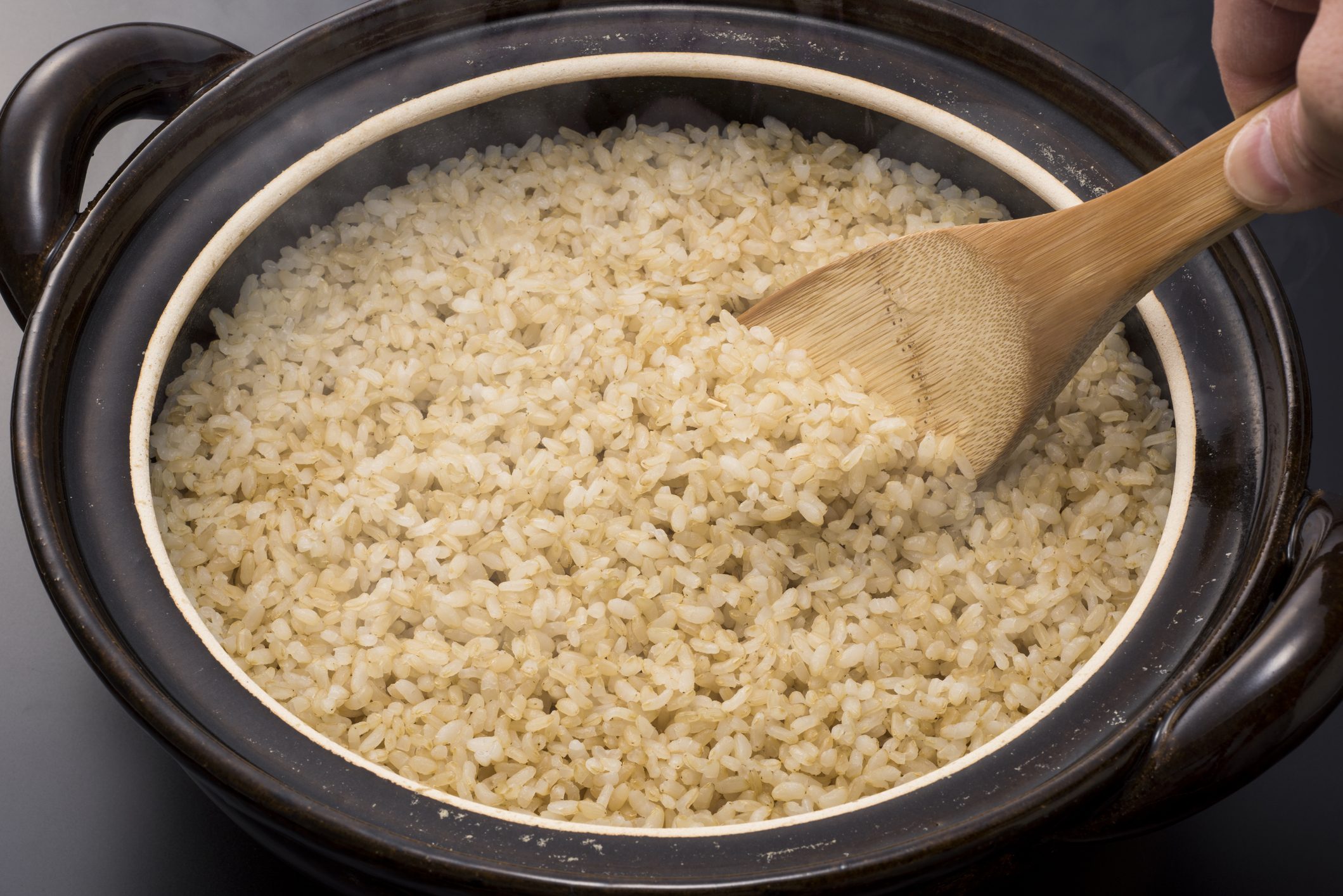Do You Know Your Grains? 5 Most Popular Grains and Seeds
We’ve known for a long time that grains are good for us. Not only to they lend great flavor and texture to a dish, but they are also said to reduce your risk of certain diseases up to 30 percent! Many home cooks shy away from grains, seeing them as difficult to cook with, or they’re not sure where to incorporate them. We’re here to help you! We have an easy guide that will get you started with the 5 most popular grains.
;Resize,width=742;)
1. Brown rice

One of the most popular grains and one you’re probably familiar with. It’s filled with fiber, vitamins and minerals and is not as expensive as the others. Substitute brown rice in in common rice-based dishes for a healthier alternative. Add it to burritos, chicken and broccoli, or fried rice.
2. Quinoa

Yes, we know. It’s actually a seed, but for most home cooks, it’s a grain. And a good one too. It’s highly nutritious, with almost double the fiber content of other grains. It’s also high in protein, making it a great option for those looking to cut the carbs. Quinoa has a low glycemic index, which means it’s good for keeping your blood sugar levels under control. Make it the centerpiece of a salad by combining the quinoa with chickpeas, red bell peppers, parsley, and seasoning. Or make a comforting baked gratin with chicken, broccoli, and cheddar.
3. Buckwheat

Buckwheat is also technically a seed and it’s packed with nutrition. It’s a great gluten-free option, being high in fiber and rich in antioxidants. Studies show that regular consumption is good for the heart and for your blood sugar levels. Use toasted buckwheat to give a finished dish a nice, nutty flavor. You can also use buckwheat instead of the traditional bulgur wheat to make tabbouleh. Because it’s gluten-free, many use ground buckwheat in baked goods.
4. Barley

Barley has a similar taste to brown rice. It is nutty with a very chewy texture. These grains are high in vitamins, minerals, and antioxidants. It’s the perfect vehicle for a hearty stew! You can also mix it with roast vegetables and a crumbling of feta cheese.
5. Amaranth

Amaranth is categorized with grains by home cooks (and supermarkets), but once again, this too is actually a seed. As with many of the other superfood grains (and seeds), it’s high in fiber and vitamins. You can eat it as a porridge, by boiling ½ cup amaranth in 1 ½ cup water. Be careful not to overcook it, as it can become gelatinous. You can use this trait to your advantage. Simply add amaranth to a soup or stew to thicken it. Others make popped amaranth (similar to popcorn) and enjoy with seasoning, or use it as a crunchy element on a dish.
What is your favorite grain (or seed) to cook with?
;Resize,width=767;)
;Resize,width=712;)
;Resize,width=712;)
;Resize,width=712;)
